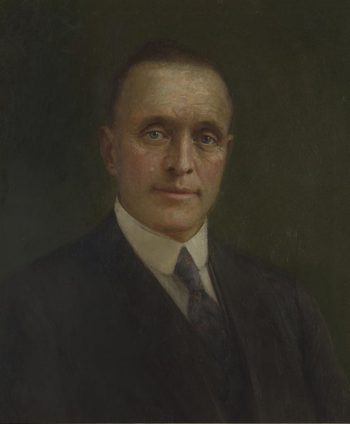Alfred E. Hulet
- Canadian Agricultural Hall of Fame
- Inductees
- Alfred E. Hulet

- Inducted: 1962
- Residing Province: Ontario
- Gallery Location: 37
Alfred E. Hulet
- (1874
- -
- 1925)
Although Alfred Hulet died at the relatively early age of 51 years, he lived long enough to make a lasting impression on the Holstein-Frisian breed of cattle. The records reveal that he bred and developed the animals of the Posch-Abbekerk strain, which became cornerstones in the breeding programs of the Mount Victoria and Colony Farm herds.
The Rag Apple strain, which made the Mount Victoria herd famous, was developed by mating Posch-Abbekerk females to Johanna Rag Apple Pabst. When females of similar bloodlines were mated to other bulls at Colony Farms the results were equally as impressive. Thus, credit for establishing these two famous herds must be shared by their owners with Mr. Hulet.
In addition to breeding outstanding Holsteins, Mr. Hulet was active in furthering the interests of the breed. He served as a director of the Holstein-Friesian Association for nine years and as its president in 1922. He was one of the architects of the Selective Registry Program and the first chief inspector, a position which he occupied at the time of his death.
Bien qu’Alfred Hulet soit décédé à l’âge relativement jeune de 51 ans, il a vécu assez longtemps pour laisser une empreinte durable sur la race Holstein-Friesian. Les archives révèlent qu’il a élevé et a développé les animaux de la lignée Posch-Abbekerk, laquelle est devenue une des pierres angulaires des programmes de sélection des troupeaux Mount Victoria et Colony Farm.
La lignée Rag Apple, qui a rendu célèbre le troupeau Mount Victoria, a été développée par l’accouplement des femelles Posch-Abbekerk au taureau Johanna Rag Apple Pabst. Lorsque des femelles de mêmes lignées ont été accouplées à d’autres taureaux à Colony Farms, les résultats ont été tout aussi impressionnants. Ainsi, les honneurs pour l’établissement de ces deux troupeaux célèbres doivent être partagés entre leurs propriétaires et M. Hulet.
En plus de l’élevage d’animaux reproducteurs exceptionnels de race Holstein, M. Hulet était actif dans la promotion des intérêts de la race. Il a siégé en tant que directeur de l’Association Holstein- Friesan pendant neuf ans et comme président en 1922. Il a été l’un des architectes du Programme d’enregistrement sélectif et son premier inspecteur en chef, un poste qu’il occupait au moment de sa mort.
- Holstein-Friesian Association of Canada


